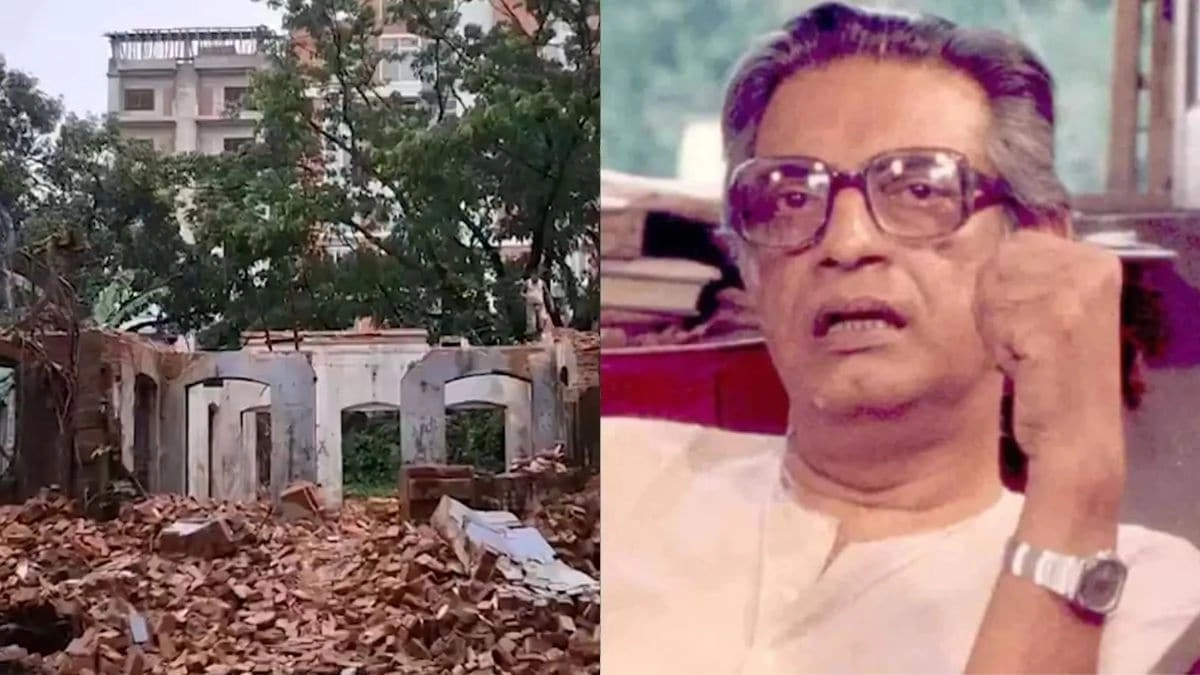The historic ancestral house of renowned filmmaker Satyajit Ray in Bangladesh has recently been spared from demolition, a decision that has been met with widespread relief and celebration among cultural enthusiasts and film admirers alike. The house, located in the village of Khulna, is a significant site not only for its architectural value but also for its deep connection to one of the greatest filmmakers in cinema history. Satyajit Ray, who was born in 1921, is celebrated for his remarkable contributions to Indian and world cinema, producing iconic films such as “Pather Panchali,” “Aparajito,” and “Apur Sansar,” which garnered international acclaim and multiple awards.
The decision to halt the demolition comes in the wake of public outcry and advocacy from various cultural organizations and fans who recognize the importance of preserving Ray’s legacy. Activists argued that destroying the house would mean erasing a vital piece of Bangladesh’s cultural heritage. The structure stands not only as a reminder of Ray’s roots but also as a symbol of the rich artistic and cultural history of the region. In a world increasingly focused on modernization and development, the preservation of such historic sites is crucial for future generations to understand and appreciate their cultural lineage.
In response to the backlash, local authorities have acknowledged the need for a balanced approach that considers both development and heritage conservation. This situation highlights a broader conversation about the importance of safeguarding cultural landmarks in the face of urban development pressures. As cities expand and modernize, the risk of losing historical sites becomes greater, making it essential for communities to advocate for the protection of their cultural assets. The halt in demolition is a significant step toward ensuring that Satyajit Ray’s ancestral home remains a testament to his legacy and an inspiration for aspiring filmmakers and artists in Bangladesh and beyond.
The preservation of Satyajit Ray’s ancestral home not only honors his memory but also serves as a rallying point for those who believe in the importance of cultural heritage. It is a reminder that art and history are intertwined, and efforts to protect such sites can foster a deeper appreciation for the creativity and storytelling that define a society. As discussions continue about the future of the house, it is hoped that this landmark will be transformed into a site of cultural significance, perhaps as a museum or a center for the arts, allowing future generations to engage with Ray’s work and the broader narrative of Bengali cinema. Through this preservation, the spirit of Satyajit Ray will continue to inspire and educate, ensuring that his contributions to the world of film are never forgotten.




